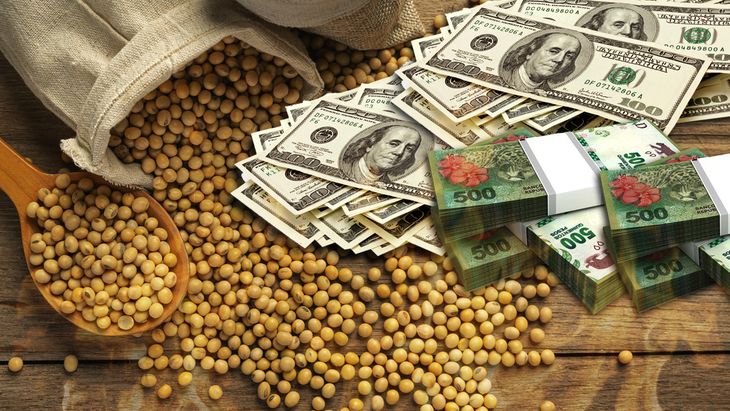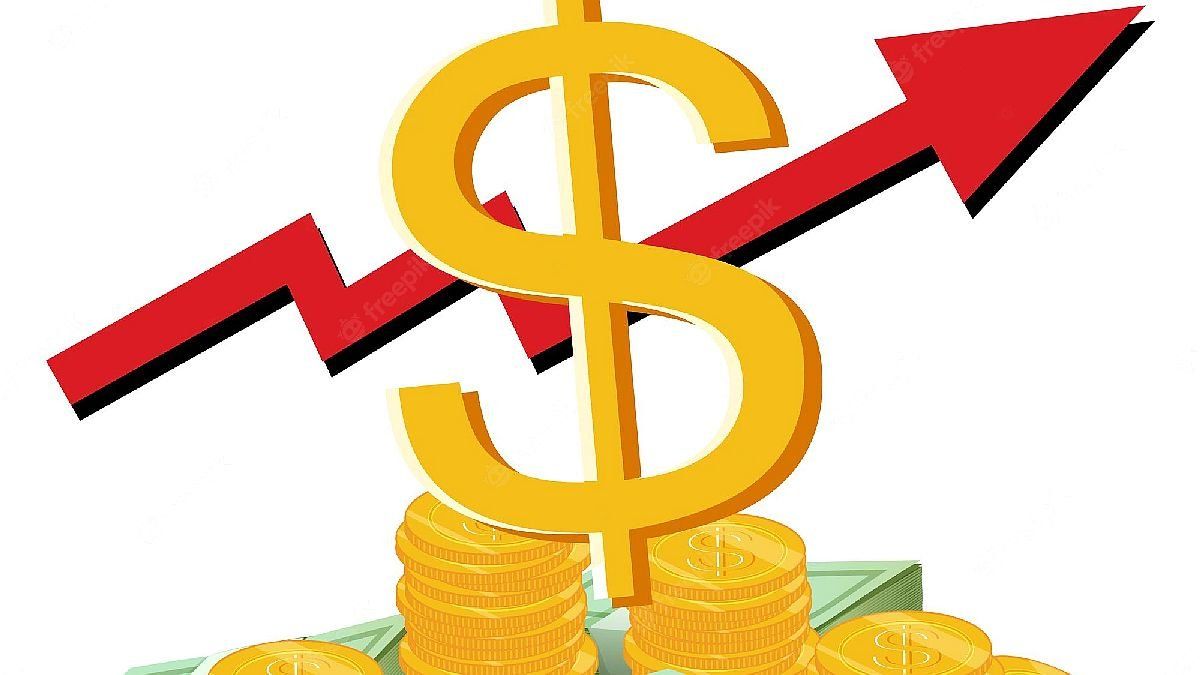If we compare the TO23 bonus With the rate paid by a dollar-linked bond (wholesale dollar) closest to October 2023, we find that these bonds yield 0.1% per year, this would imply that the expected rate of devaluation would be around 141.1% per year.
The market speaks and projects for the month of October of the year 2023 an inflation of 134.7% per year, and a devaluation rate of 141.1% per year, in the latter case it would give us a wholesale dollar for the month of October of the year which comes from $378.1.
What the market is discounting is far from what the average market consultants forecast, who see inflation at around 100% per year, the devaluation rate at around 87.3% per year and the wholesale dollar at $293 ,6.
It is clear that there is a very large gap between what the market discounts and the projections of the main consultants in the country. If the truth is in the middle, we will probably have to expect inflation of around 120% per year for the next 12 months and a wholesale dollar of around $340.
Market rumors: dollar and reserves
The reserves are located in another of the $38 billion and low. However, there are rumors that funds from abroad could enter. At some point a fund from Qatar was mentioned, but the money never came through. Now it is announced that the Ministry of Economy would receive financing for $3 billion. According to market data, it could be two funds that would make the disbursement, it is mentioned to the fund Ashmore and a japanese bank we don’t have the name. The data was provided by journalists Pablo Wende and Roberto Garcia.
image.png
If these funds entered, it would be a great relief for the Central Bank, since dollars would enter without the immediate consideration of issuing pesos, which would boost net reserves to rise. On the other hand, they would need to enter US$2.7 billion from international organizations. If all this happened, the reserves could be located in $43.7 billion and, in this way, the alternative dollars would see the possibility of climbing to the $400.
Other market sources indicate that it is likely that the soybean dollarnow with a new price that would reach $215. This would give us, at today’s prices, a value of $89,000 for a ton of soybeans or $300 bills.
In any case, all the versions tell us that the government is without reservations and that there is an urgent need for them to quickly recompose themselves.
Soybean+Dollar+Pesos-2.jpg

On the side of pesos, there is a very important increase in fixed terms, nominality has confused more than one countryman, to consider that a rate of 6.25% per month is a good deal, is not to see that inflation is above that rate every month and that, in more specific items, is much higher.
The monetary base continues without expanding and the Central Bank develops a contractionary policy where all new issuance is absorbed via leliq, passes or other financial assets. Thus, the monetary base represents 33% of monetary liabilities and the remaining 67% are remunerated monetary liabilities that grow at an average rate of 107% per year. This cannot be done forever, since, at some point, the balance of the Central Bank will take its toll on the excesses incurred so as not to devalue the official exchange rate.
What’s coming, what’s coming
reserves add up US$38,676 million As of October 31, these reserves should be placed at a rate not exceeding 2% per year, while monetary liabilities remunerated at an average rate of 107% per year add up to US$55,174 million. In order to maintain such inequality, the official dollar would have to be devalued by at least 105%. The devaluation comes yes or yes.
Conclusions
- Wherever you look, the future inflation and devaluation rate would be above 100% per year.
- There is no safeguard of safe value in market financial instruments. Alternative dollars are the best option.
- Bills in pesos with an average term of 30, 60, 90 and 120 days yield 110% per year. The fixed term pays an effective rate of 107.0% per year.
- Inflation-adjusted bills in pesos for similar terms yield, on average, the inflation rate plus 1.2% per year. The pre-cancelable UVA fixed term yields inflation plus 1.0% per year.
- Bonds in pesos adjusted for inflation for August 2023 yield 6.6% per year and maturing in July 2024 yield 13.0% per year. The problem is that these bonds are re-profiled, recalling the Lacunza 2019 effect.
- Dollar bonds maturing in 2030 yield 40.0% per year. You invest US$20.50 today, in 2023 you are paid US$0.50 in rent, in 2024 US$4.72 in amortization and rent, while in 2025 you are paid U$S $S 16.70 for amortization and rent. You invest today and in 3 years you will recover all the money invested, leaving US$80 of amortization to be collected plus the corresponding interest. It is a play, it can go well or badly, but if it goes wrong and they restructure the bond with a 20% reduction of the capital, you still earn money. It is to think about it.
- You have many offers of negotiable obligations that pay rates in dollars of 10% per year and the Córdoba bond in dollars that pays amortization and half-yearly rent that yields 6.2% per year in dollars.
- There are many investment alternatives, there is a lack of volunteers with money to invest so that prices rise. If the rumors of the arrival of fresh dollars are true, these investments should be winners, if not, all these returns could be higher, and the dollar at $ 400 year-end a possibility.
Bonus track: There is talk of the possibility of a new soybean dollar for the producers to liquidate, this time they would be tempted with a dollar at $215. If this is true, the Government would obtain a new injection of dollars and tax revenues that would leave it in a better position to close the year, if this does not happen, the weakness will be manifest.
Source: Ambito




